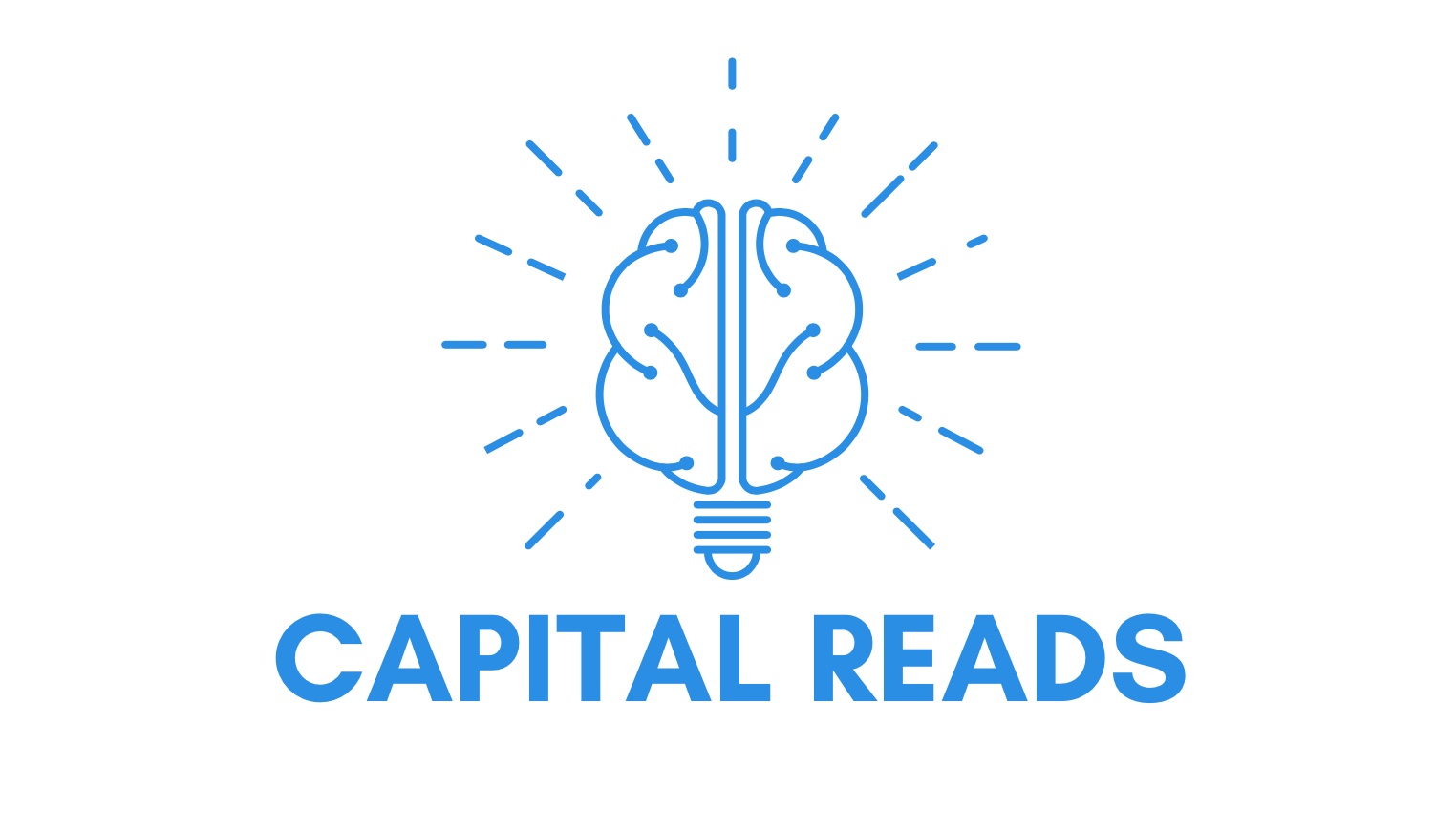The Big Short: Inside the Doomsday Machine
Hightlight
-
 Ethics
Ethics
-
 Historical
Historical
-
 Narrative Driven
Narrative Driven
-
 Political
Political
The Big Short: Inside the Doomsday Machine
Author
Michael Lewis
Published Date
2010
Page Count
320
Overview
“The Big Short: Inside the Doomsday Machine” by Michael Lewis is a riveting account of the build-up to the 2008 financial crisis, focusing on the housing bubble and the collapse of the subprime mortgage market. The book tells the story of a group of investors who bet against the housing market and won big, while exposing the flaws and corruption in the financial system that led to the crisis.
Key Themes
- Subprime Mortgage Crisis: Explains the mechanics of the subprime mortgage market and how its collapse triggered the financial crisis.
- Financial Instruments and Speculation: Details the complex financial instruments like CDOs and credit default swaps that played a key role in the crisis.
- Market Inefficiencies and Corruption: Uncovers the inefficiencies, lack of regulation, and corruption in the financial markets.
- Contrarian Investing: Chronicles the stories of the investors who saw the crisis coming and profited from it.
Historical Context
“The Big Short” provides a detailed and critical look at the events leading up to the 2008 financial crisis, one of the most significant economic events of the early 21st century.
Author’s Background
Michael Lewis, a former bond salesman turned author, is known for his ability to make complex financial topics accessible to a broad audience. His experience in the finance industry gives him unique insights into the workings of financial markets.
Impact and Legacy
The book has been widely praised for its engaging narrative and critical analysis of the financial crisis. It has helped to demystify the complex financial products and decisions that led to the crisis.
Strengths and Weaknesses
Strengths: Lewis’s engaging storytelling brings to life the complex events leading up to the financial crisis, making it accessible to a wide audience.
Weaknesses: The book focuses more on narrative than on deep financial analysis, which may leave readers seeking more detailed explanations of financial concepts.
Who Should Read This?
Ideal for anyone interested in understanding the 2008 financial crisis, finance students, and readers looking for a compelling narrative about one of the most significant economic events in recent history.
Similar Books
- “Too Big to Fail” by Andrew Ross Sorkin: A detailed narrative of the 2008 financial crisis from the perspective of the key players involved.
- “Liar’s Poker” by Michael Lewis: Another book by Lewis that offers an inside look at the high-stakes world of Wall Street in the 1980s.
Final Thoughts
“The Big Short” is a masterfully written book that provides critical insights into the financial crisis, making a complex subject both understandable and engaging. It’s a must-read for those looking to grasp the intricacies and implications of the crisis.

